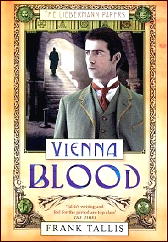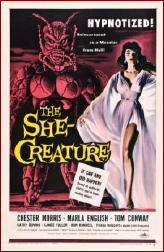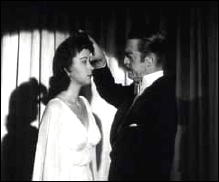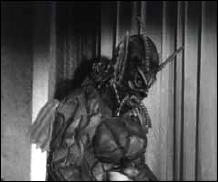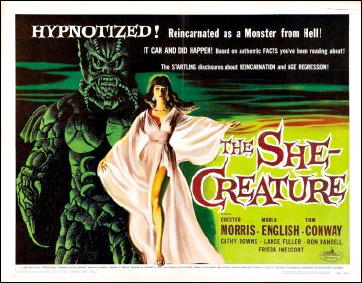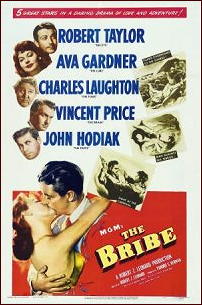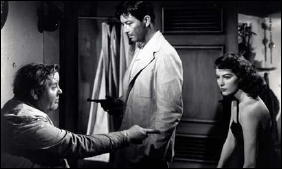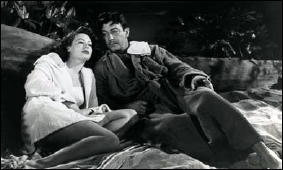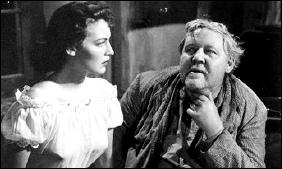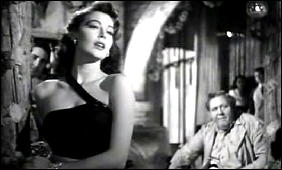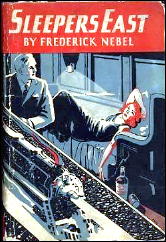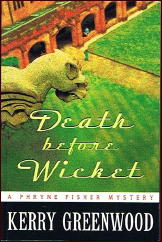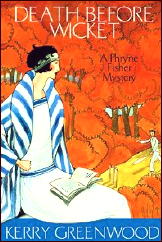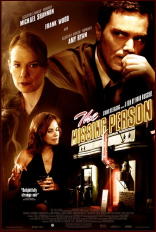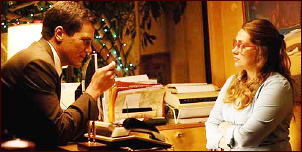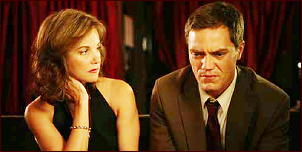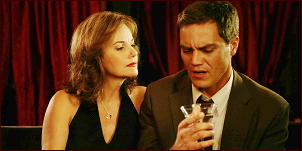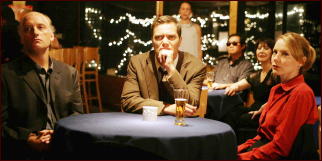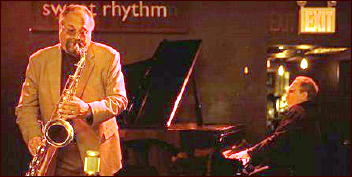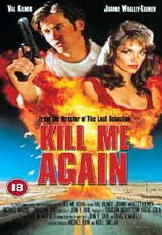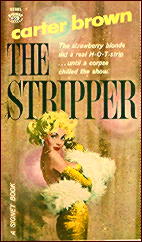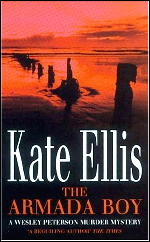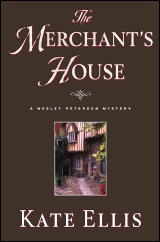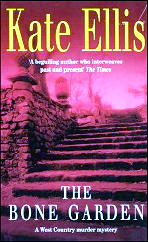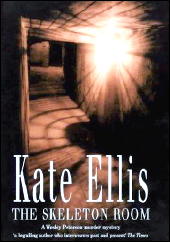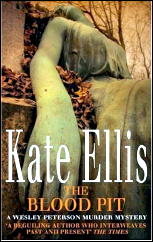Tue 4 May 2010
Four Archived Science Fiction Reviews: JACK WILLIAMSON, JOHN BRUNNER, E. HOFFMAN PRICE, AVRAM DAVIDSON.
Posted by Steve under Reviews , Science Fiction & Fantasy[20] Comments
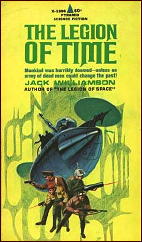
JACK WILLIAMSON – The Legion of Time. Pyramid X-1586, reprint paperback, March 1967. Hardcover edition: Fantasy Press, 1952 (limited to 4604 copies).
Actually two short novels published together as one book: “The Legion of Time” and “After World’s End”, each originally appearing in the pulp magazines in 1938.
Both are slam-bang space opera at its finest, with groups of gallant men banding together to fight for the survival of (1) a far-future civilization, and (2) the human race itself. Names like Rogo Nug, Kel Aran, Verel Erin and Zerek Oom prevail.
The first is the better story, but I soon found myself caught up in the second one as well — obviously a distant forerunner of Star Wars.
COMMENT: Of the four names above, one is that of a starship’s captain, two are members of his crew, and the fourth is that of the girl he seeking, perhaps the last other survivor of the human race. Can you tell which is which?
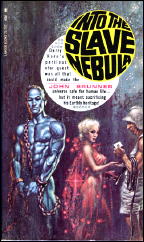
JOHN BRUNNER – Into the Slave Nebula. Lancer 73-797, paperback; 1st printing, this edition, 1968. Revised from the novel Slavers of Space, Ace Double D-421, pb original, 1960 (bound with Dr. Futurity, by Philip K. Dick).
The young scion of a wealthy family on Earth stumbles across the murder of a “Citizen of the Galaxy,” and faced with a boring future otherwise, decides to investigate, not realizing how deep into space the conspiracy lies.
Unfortunately, anybody who reads the title before opening the book knows exactly what’s going on. And even so, it’s only an adventure novel, poorly told. I’d suggest another revision, if I thought it would do any good.
COMMENT: This is the first time I have ever used the word “scion” in a sentence. Do you know what? It feels just fine.
E. HOFFMAN PRICE – Operation Longlife. Ballantine/Del Rey, paperback original, January 1983.
The story of an 186-year-old scientist named Avery Jarvis “Doc” Brandon. This was written by an 84-year-old pulp writer, and — with all due respect — it reads like it.
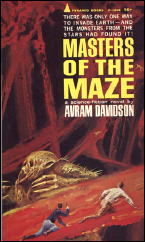
AVRAM DAVIDSON – Masters of the Maze. Pyramid R-1208, paperback original; July 1965.
It sounds like space opera — the monstrous Chultex swarming across the galaxy to ravage Earth! — but as usual, Davidson’s flair for dense literary science fiction is beyond me. I’ve been able to read Davidson’s short stories, on occasion, but never one of his novels. In his case, and given his reputation, I’m perfectly willing to say it’s me.
[UPDATE] 05-04-10. Back in the late 1950s through the 1960s, I used to gobble up space opera SF novels as if they were snacks just out of the pack. By the early 90s, as you can see, it was getting more and more difficult for the same old fare to satisfy me. For the most part now, I don’t read much SF, although I try every once in a while, and when I do, guess what? It’s almost always space opera. No new tricks for me, or at least not very often.
